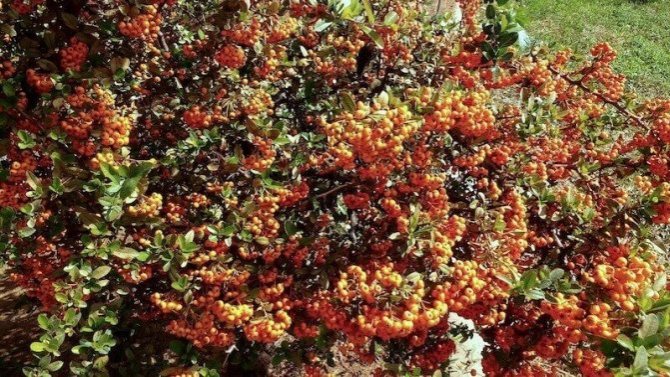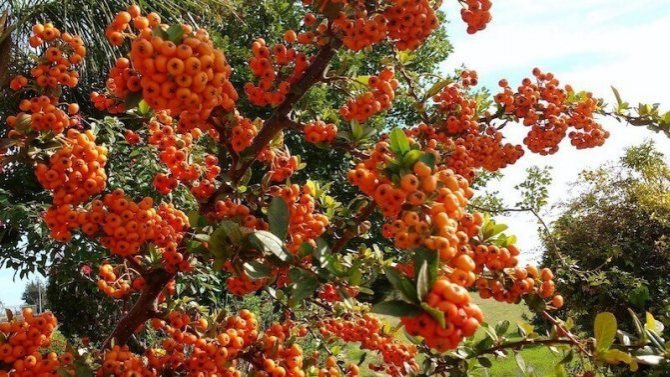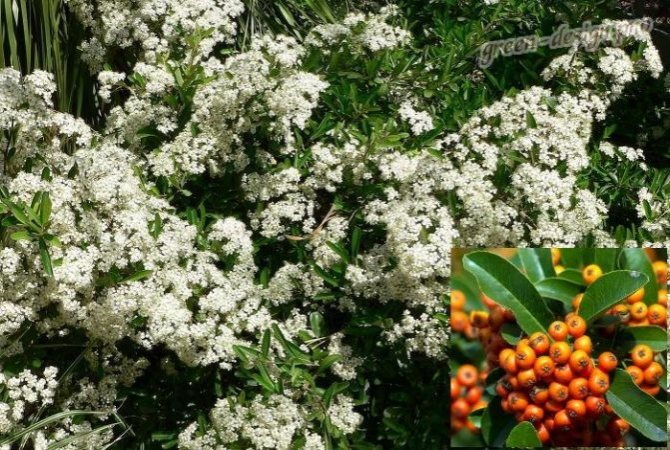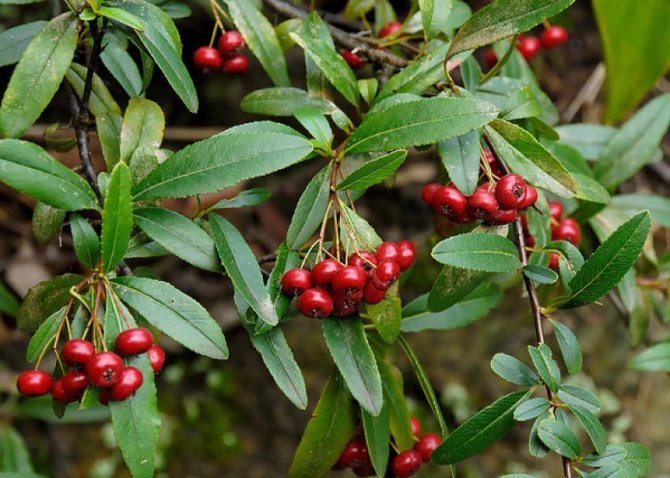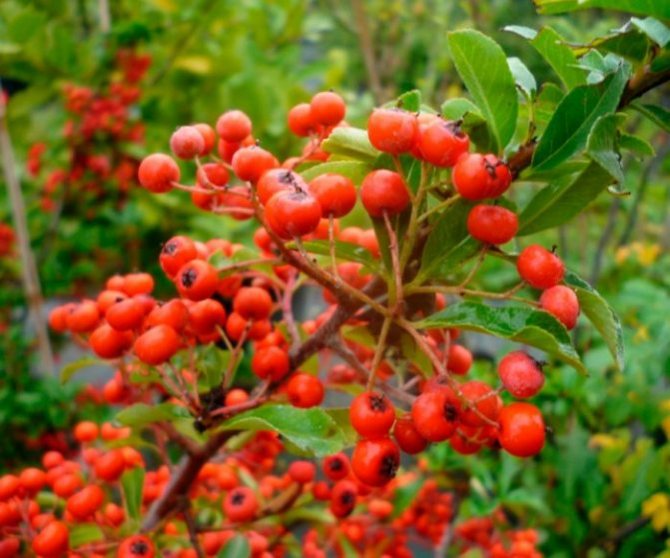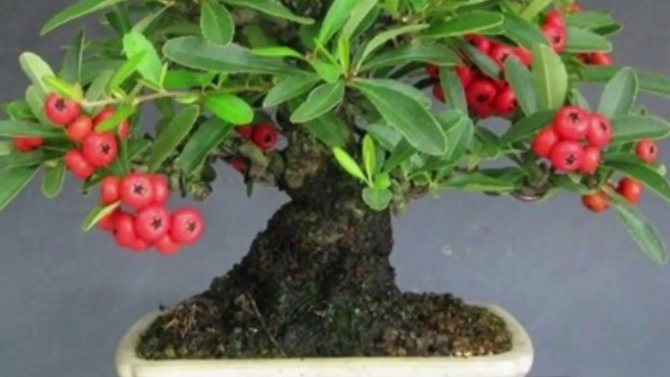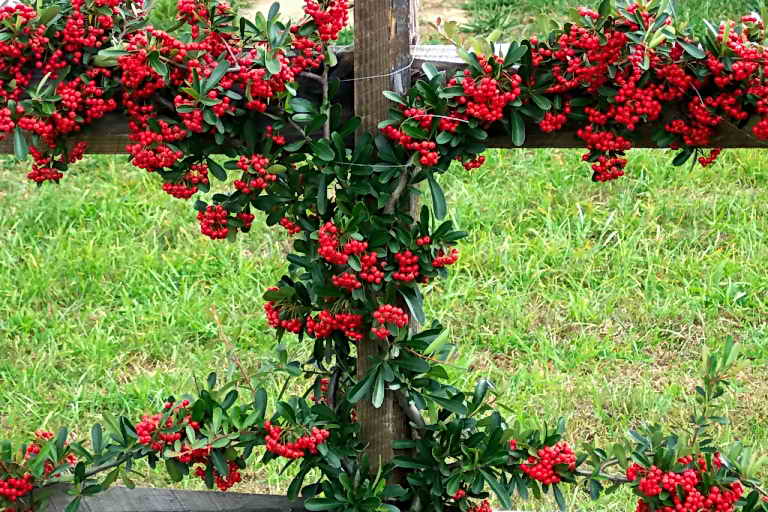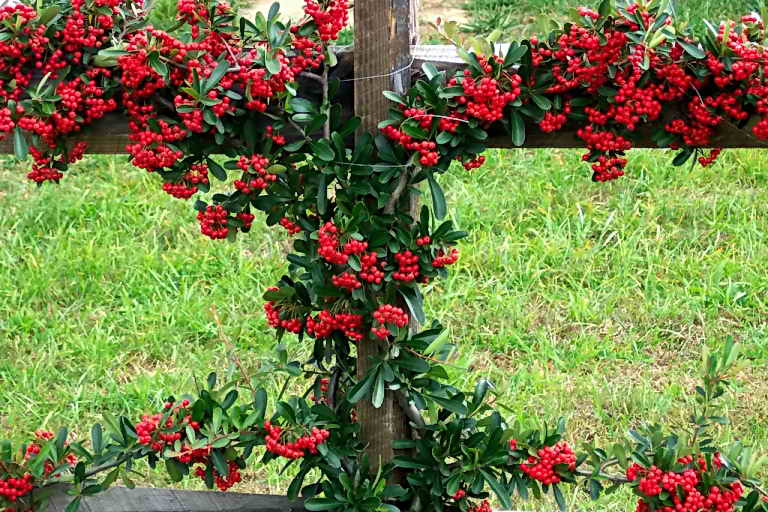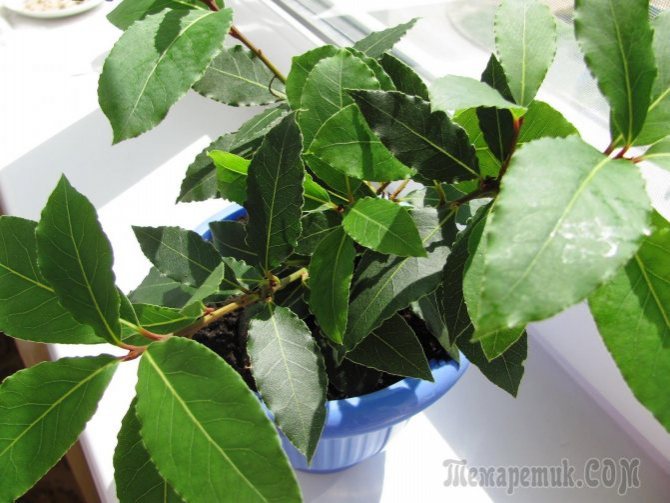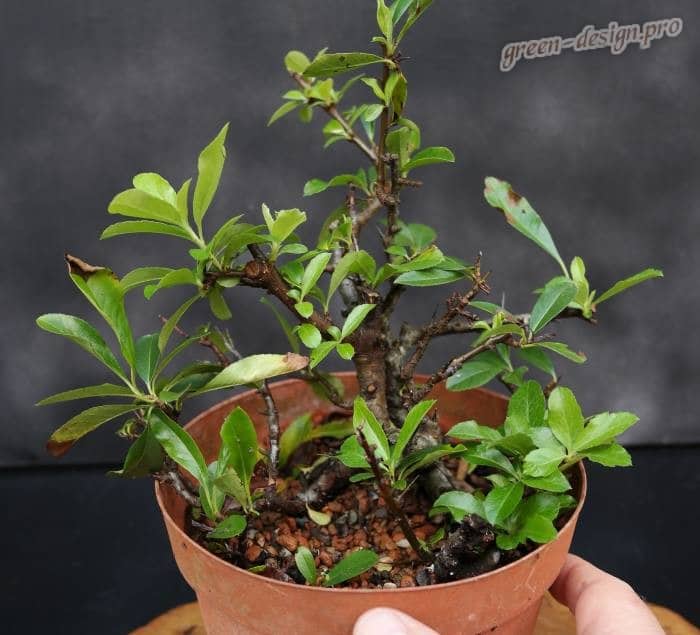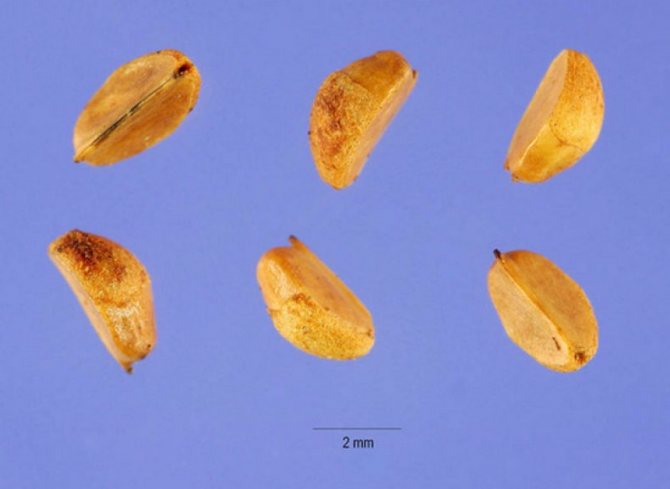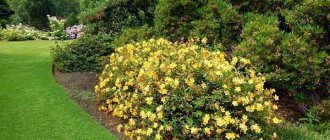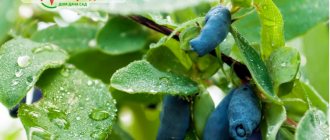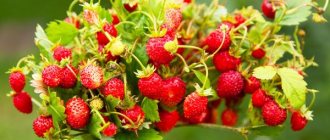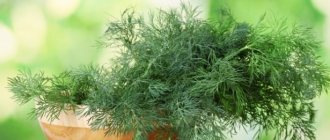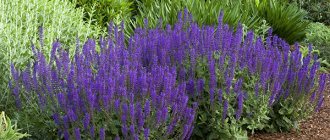Pyracantha is included in the genus of evergreen flora members of the Rosaceae family. All known varieties of this genus are widespread in the southeastern regions of Asia, and one of the species, Pyracantha coccinea, is found in the European south. The plant as an ornamental plant found wide expansion on the Crimean coast of the Black Sea. The genus in itself today has almost six species.
| Family name | Pink |
| Growing period | Perennial |
| Vegetation form | Shrub |
| Breeding method | Vegetative (cuttings) or seed |
| Landing period in open ground | Spring as soon as the soil thaws |
| Landing rules | Distance between seedlings 60-90 cm |
| Priming | Any garden, loose |
| Soil acidity values, pH | 6.5-7 (neutral) |
| Lighting degree | Open, sunny place or light partial shade |
| Humidity parameters | Very rare, only for young seedlings |
| Special care rules | Does not tolerate waterlogged and waterlogged soil |
| Height values | Up to 6 meters |
| Inflorescence shape or type of flowers | Shield inflorescences |
| Flower color | White, pinkish yellow, white pink |
| Flowering time | End of spring |
| Fruit color and shape | Bright orange, red or yellow, small apples |
| Fruiting period | From the beginning of September, the fruits are stored until the end of winter. |
| Decorative period | Year-round |
| Application in landscape design | Hedges, forming low evergreen curbs, as tapeworm and backdrop for mixborders |
| USDA zone | 5–8 |
The genus got its name due to the fusion of words in Greek "pyr" and "akanthos", which means "fire" and "thorn", respectively. Therefore, the plant is often called a thorny bush, fire thorn or thorn. Again, the name "fiery thorn" comes from the famous novel bearing the same name and describing such an extraordinary representative of the flora.
All types of pyracantha are perennials with shrub growth. Their crown is formed by upright or spreading shoots, which can reach a height of about 6 m, but generally they vary within 1–5 m. Some outward outlines are similar to varieties of cotoneaster (Cotoneaster), but the main difference is that at the fiery thorn, the branches are covered with not particularly dense thorns-thorns. The spines are about 2.5 cm long. Evergreen leaves are also serrated. The color of the foliage is a rich dark green color scheme. The shape of the leaf plate is narrowed or broadly oval. The length of the leaf reaches 5 cm. The foliage does not fall off and adorns the branches all year round, sometimes becoming brown in winter.
When the pyracantha blooms, the bush becomes decorated with corymbose inflorescences, composed of snow-white, pinkish-yellow or whitish-pink numerous flowers. During flowering, all leaves are practically hidden under a whitish mass of petals and stamens. The size of the flowers is small, but when flowering, a fragrant aroma spreads around. The flower is composed of five petals rounded at the top. In the central part, fluffy yellow stamens are formed. Flowering occurs in late spring.
It is clear that a special decorative effect of the pyracante is given by its fruits, which abundantly begin to take the place of inflorescences.Their ripening begins with the arrival of September. Although the fruits are very similar to berries, they are actually small apples (that is, they contain seeds inside), which is why plants of this genus were previously included in the Apple subfamily (Maloideae). The color of their rich red, yellow or bright orange color scheme. There are so many fruits that deciduous mass is practically hidden behind them. Since these plants are polygamous, the fruits can ripen on a single specimen.
Although berries are not used for food because of their bitter taste, they do not contain toxic substances. As soon as autumn comes, the whole bush seems to bloom in bright colors, as the green mini-apples at first become fiery shades. Moreover, this color does not disappear until the end of the winter period, just like rowan berries, attracting a large number of birds to feast on the fruits of pyracantha.
Despite its southern origin, the plant has successfully adapted to our climatic conditions, and can become, with simple care, a real decoration, both in the garden and in the premises or in the backyard. Among all the varieties in our climate, it is possible to grow only a couple: bright red pyracantha (Pyracantha coccinea) and narrow-leaved pyracantha (Pyracantha augustifolia).
Description of the pyracantha bush
The crown of the "thorns" of the pyracantha is spreading and wide. The branches grow up to 6 m in length and resemble separate varieties of cotoneaster. The surface of the shoots is covered with thorns and small sharp leaves. The flowers are collected in snow-white thyroid inflorescences. The fruits resemble tiny reddish apples. This similarity between the fruits explains the fact that the pyracantha previously belonged to the Yablonev family. The plant gives a rich harvest, and during flowering is an excellent natural decorative element in any area. The aroma of flowers attracts bees, and the bright color of the fruit attracts birds.
Growing pyracantha seeds from seeds

Pyracantha is grown using seeds. In most cases, sowing is carried out before winter. Of course, spring planting is also allowed, but this requires taking care of the stratification of the material. The seeds are stored in a refrigerator for 1-2 months so that they are properly hardened before planting in open ground. If it is not possible to deal with such issues, you can buy ready-made seedlings in the agricultural market or in a gardening store, where the offered seedlings are already adapted for growing and have improved winter-hardy properties. They are preliminarily examined for signs of illness and checked how healthy the bush is. The pot with the substrate should not be dry or smell like mold. Better to opt for cold-resistant stamps and buy varieties such as bright red or narrow-leaved pyracantha.
It is not recommended to purchase seedlings in the fall. In all likelihood, the plants will die in winter. It is advisable to plant young bushes with the arrival of spring, when the soil thaws.
Correct fertilization


Fertilize the plant with care. As a rule, pyracantha does not require frequent fertilization. In addition, nitrogen does not need to be used. It can do more harm than good. As a result, after the application of nitrogen fertilizers, leaves begin to develop, but at the same time, the formation of fruits is difficult and the plant can be vulnerable to diseases.
For these purposes, use a balanced composition in which nitrogen, phosphorus and potassium are contained in the same amount, or those in which there is a little more than nitrogen in the composition of phosphorus and potassium. You need to fertilize the soil twice a year: once in early spring and the second time in late August.
Fertilizing on dry soil does not make sense.Therefore, pre-water the soil under the plant and only then scatter fertilizers on the wet soil. For one plant, it is enough to apply 15-20 g of each type of fertilizer. You can dilute the fertilizer in water (100 g per 10 liters). Under one bush, 0.5 liters are applied. such a solution.
Landing pyracantha in open ground
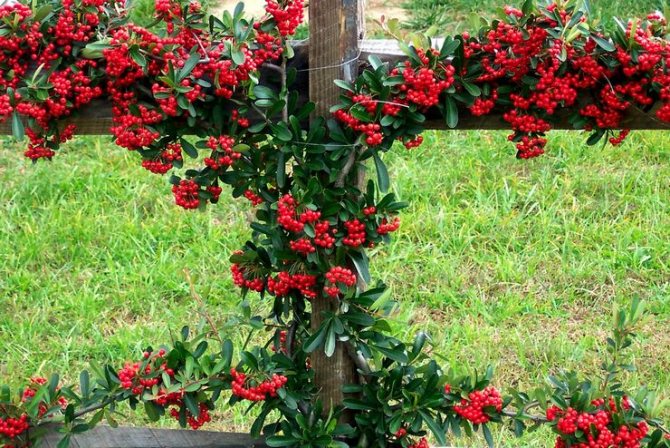

Favorable conditions for growing pyracantha are considered to be the southern slope, far from drafts and scorching sun rays. An open lighted place or light partial shade is suitable. You should not choose dark low-lying areas as a permanent place of cultivation, where moisture and cold air stagnate for a long time.
The shrub can thrive on all types of soil. However, before planting it on the garden plot, it is necessary to carefully dig up the soil and enrich it with organic fertilizer. Then level the surface. The width of the holes should be twice the volume of the rhizome of the young seedling. When planting a plant in order to create a hedge, it is important to adhere to an interval between individual specimens of 60-90 cm, which depends on the size of the bush. Drainage material is poured onto the bottom of the hole, for example, sand or gravel. After that, a wooden peg is placed in the hole, which will serve as a kind of support. A prepared substrate is closed around it.
Before removing the bush from the container, moisten the soil to make it easier to get the rhizome. The seedling is placed next to the peg, the roots are distributed over the entire diameter of the hole, the earth is poured and the surface is tamped. Near the trunk circle, a circular border is indicated, thus, during irrigation, water does not spread to neighboring plantings. A bucket of water is brought under each bush. After absorbing moisture, the soil settles, then you can tie the plant and mulch the top layer of the soil.
Choosing a place for landing and disembarking
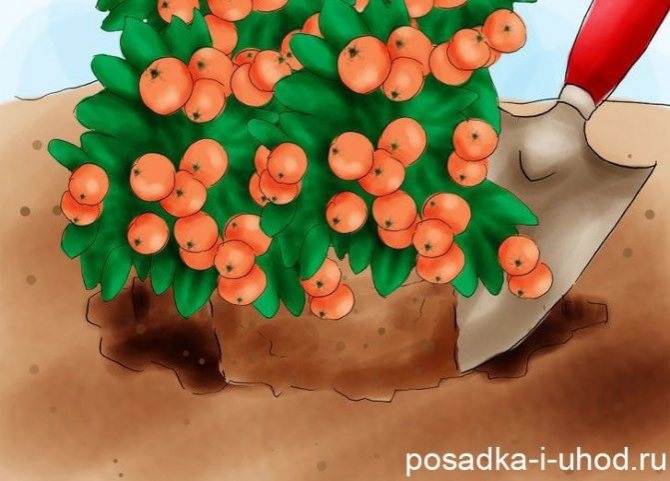

The plant is planted in the ground by cuttings.
It is recommended to do this in the fall or spring. But autumn is considered the best time until mid-October. If this period is missed, then planting should be done in early spring.
The place for the future landing must be chosen the most illuminated. All varieties of pyracantha shrub thrive when they receive the maximum amount of sun. But landing in partial shade is also permissible.
It is customary to plant these bushes next to a wall or fence. In this case, you need to step back from the wall by 30-40 cm. Most varieties tend to lower the branches. To do this, stretch a wire or rope along the wall, and then attach branches to them to ensure that they grow upward.
Do not plant it next to painted elements (doors, railings), as the spikes can scratch the paint. Dangerous thorns after sprouting remain out of reach.
Caring for a pyracantha in the garden
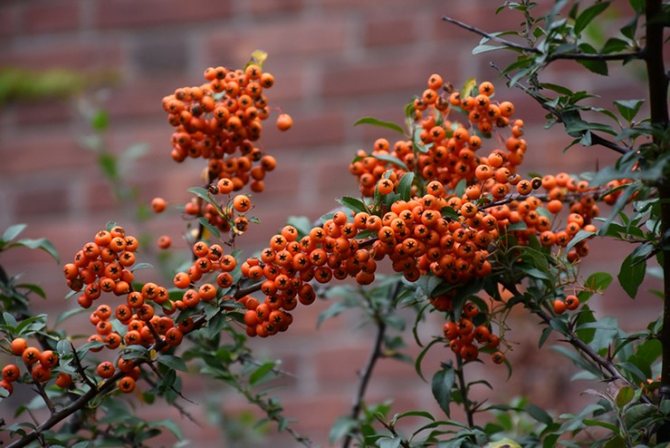

Growing pyracantha and caring for the plant is not difficult and does not require special training. It is important to remember about watering, loosening and feeding, as well as timely get rid of weeds that drown out the growth of young bushes. Mulching with organic materials will significantly save time and allow you to forget about weeds at first.
Watering
Pyracantha is a drought-tolerant evergreen shrub that does not need frequent watering. However, the roots of young seedlings will not take root if they do not receive enough moisture. Adult plants are watered once a week. Foliage wilting and yellowing of the stems are considered a sign that the “thorn” is beginning to dry out. They try to pour water into a previously dug trench around the circumference of the main trunk. Then the soil is well saturated with moisture. After natural precipitation or watering, the soil surface must be loosened and weeds removed.
Fertilization
Top dressing is done occasionally.Mineral fertilizers without nitrogen admixture are fed to bushes only at the initial stage of the growing season. Re-feeding is carried out only at the end of the season.
Transfer
A pyracantha transplant is performed according to the same scheme as mentioned above. The new hole should be an order of magnitude larger so that the overgrown root system, together with an earthen lump, can fit in it. For early adaptation, the pyracantha is intensively watered at first.
Pruning
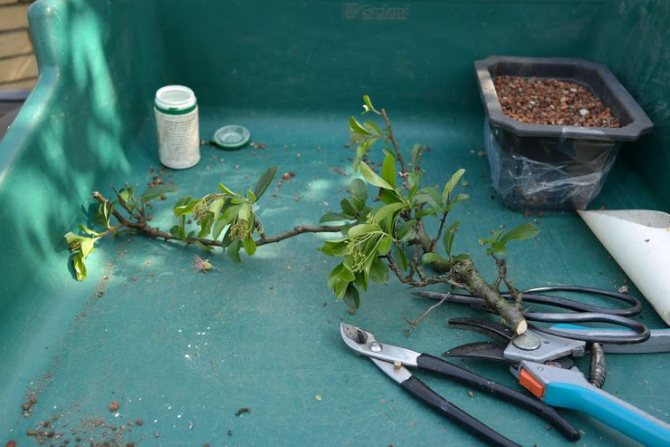

Pruning is especially important for the shrub. It is allowed to carry out activities for the formation of the crown and the removal of old branches throughout the year, but it is more rational to do the first haircut in the spring.
There are no strict rules on how to prune a pyracantha. It is only important to leave a couple of large inflorescences so that they bear fruit in the future. The formation of flowers and berries occurs on annual and perennial shoots. In autumn, the pruning is repeated. At the same time, they get rid of the branches that are too thickening, otherwise they will interfere with the ripening of the fruits. Before wintering, the remaining leaves and shoots are cut off.
Bushes that have been growing in one place for a long time need to be pruned periodically. In order not to prick or injure hands on long spikes, wear protective gloves. Some gardeners prefer to decorate the walls of the house with pyracantes. Then the shoots are tied to the supports and directed to the desired side of the building. In this case, trim can be skipped.
Shelter for the winter
Certain shrub varieties show good resistance to cold and frost. The narrow-leaved pyracantha withstands wintering in the Moscow region quite calmly, but gardeners recommend that you play it safe and tightly wrap the near-trunk circle with dry foliage. If the root system is reliably protected from frost, in spring the shrub will easily come to its senses and start to sprout green shoots. Frozen branches are removed.
Varieties of culture
There are several varieties of this pyracantha shrub. Of these, the following stand out in particular:
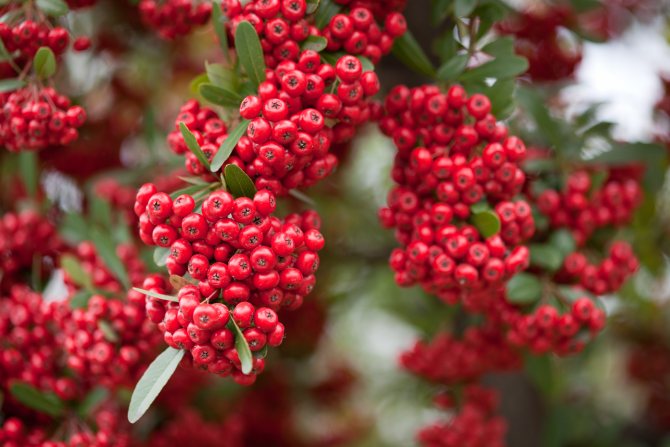

Narrow-leaved. It is mainly used for hedging. The height of the bushes can be up to 4 meters. The fruits of the culture have a bright orange color.- Bright red pyracantha (red column). It does not have a significant height, but the crown can reach a width of up to 5 meters. It easily tolerates pruning and does not need special care, therefore it is grown even in the Moscow region.
- Sharlakhovaya. It is used to create green hedges on rocky, poor soil.
- Gorodchaty. It is used for decorating borders, flower beds, shady areas and hedges.
All varieties differ in color and shape of the fruit.
One way or another, but they can all be the perfect decoration for any site.
Abelia: main varieties, planting and care features
Reproduction of pyracantha


Pyracantha propagates by cuttings or by seed. Sowing is either spring or winter. The planting material is pre-hardened. As a result of growing a plant from seeds, it is possible to preserve exclusively the specific characteristics of the mother shrub.
Often, a more successful method is used for breeding - cuttings, which makes it possible to leave both species and varietal related traits unchanged. For these purposes, either green or lignified cuttings are chosen, but the former will require less time for rooting. Cuttings are harvested in parallel with spring pruning. The length of the cuttings should be from 15 to 20 cm. They are freed from the leaves and cut into a container with water, adding a few drops of a special root growth accelerator. The cuttings are planted in moistened sand and covered with polyethylene. The seedlings are aired and watered in a timely manner. The rooting process, as a rule, takes about 3 weeks, but the seedlings must still be grown in greenhouses for at least a year.After which they will be ready to survive outdoors.
If there is an adult plant in the garden, you can try reproduction using layering. With the arrival of spring heat, the strongest and lowest branches are bent to the soil and laid in shallow grooves, sprinkled with earth. Throughout the summer, the layers are watered and loosened near them. Before winter, they are covered with dry leaves, and in March or April they are carefully separated from the main bush and transplanted to a new place.
Preparatory work before landing
Pyracantha belongs to the category of unpretentious plants, but this does not mean at all that it does not need anything. The landing site must be carefully prepared. A full-fledged bush will appear only if you choose the right seedling. The planting site will also play an important role in the development of the plant. The preparatory steps are as follows.


Choosing the right seedlings
In order not to waste time breeding Pirakanta at home, seedlings ready for planting can be purchased. You should not buy them in spontaneous markets, but give preference to special centers for the cultivation of horticultural crops. It would be correct to turn to nurseries where professionals grow a variety of shrubs and other plants.
A properly grown seedling can be immediately planted in the ground; it is necessary to choose a variety, taking into account the climatic conditions of your region. As a rule, young plants already have increased winter hardiness.
In specialized centers and nurseries, seedlings are sold in special containers in which the root system of the plant is closed. This is the best planting option as the plant will be strong and healthy.
It is better to buy Piracantu in spring, but autumn is also suitable for this event. Before purchasing a young plant, you must carefully examine it. It should not be damaged, the main thing is the absence of signs of pest damage or the presence of any diseases. Pay attention to the soil in the container. Must be moist and clean.
Try not to buy too capricious varieties and those that can die at low temperatures. For temperate climates, Pirakantha narrow-leaved or bright red is more suitable. If the bush is supposed to be used as an ornamental indoor plant, then such quality as winter hardiness will not matter.


Determining the footprint
This plant is quite unpretentious and does not require a specific soil for growth. Therefore, choosing the right site is not particularly difficult. Shrubs are too light-requiring, but being in constant sunlight can negatively affect the color of the foliage. Therefore, the site is selected a little shaded, but so that sunlight gets there during the daylight hours.
A good place for planting is considered to be close to households or in the shade of other trees. Pyracantha is a fairly thermophilic shrub, so choose the southern part of the site or front garden. The main condition is that the landing site should not be exposed to strong gusts of wind and drafts. Do not plant this plant in the lowlands, as there may be an accumulation of cold air masses.
Good to know. Pyracantha, regardless of the variety, is perfect for creating a hedge. You can choose any site on the ground that you prefer to fence off and plant a plant around its perimeter. A hedge looks better from a three-year-old shrub.
We prepare the soil for planting shrubs
Pirakantha does not have any special requirements for soil. She does not care whether the land is dry or highly moistened. But choosing a place for landing is worth it right. 10 days before the intended landing, the site is well dug to the depth of the shovel bayonet (about 35 centimeters).The soil is thoroughly loosened, humus is introduced, mixed and neatly leveled
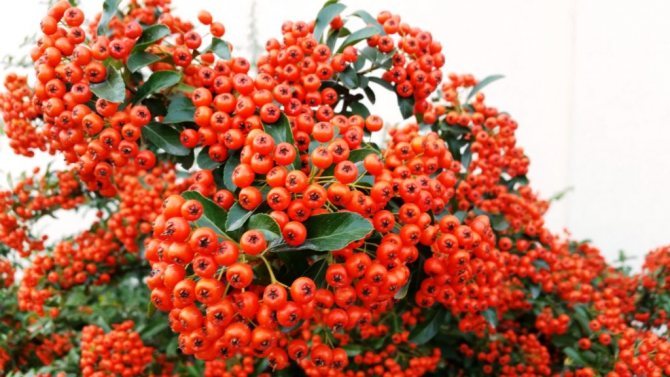

Diseases and pests
There is practically no reason to expect danger from pests or diseases. However, there may be cases of infestation of the shoots with aphids, which is the result of poor care and weather conditions. You can stop the reproduction of aphids by treating the shrub with insecticidal preparations. A bacterial burn, an incurable disease, also poses a threat to shoots. In this regard, when buying the Pyracantha variety, it is worth making a choice in favor of a more sustainable culture. Due to non-compliance with the growing conditions, the plant is susceptible to late blight disease, which indicates the spread of fungal infection. Fungal spores are destroyed by spraying the ground parts of the shrub with fungicides, for example, Fundazol solution.
Among the cultivated species, the most popular are: narrow-leaved pyracantha and bright red pyracantha.
Growing features (in the room, bonsai)
Features of growing pyracantha at home are reduced to the fulfillment of the following rules:
- Providing fresh air, otherwise the plant will be susceptible to diseases and pests.
- Pyracantha painfully reacts to both excess moisture and its lack. It should be watered regularly and abundantly, especially when it is in bloom. The water that accumulates in the sump must be drained.
- In winter, it is necessary to provide the pyracante with a rest period To do this, the bush is placed in a room with dry air and temperature indicators slightly above 0 ° C, watering is minimized.
- You can transplant a pyracantha no more often than after 3 years, since she really does not like it when her root system is disturbed.


For growing in a pot, a scarlet or crenate pyracantha is used, forming a plant in the shape of a trunk.
When creating bonsai from pyracantha, young shoots of the bush are used, since they easily take the desired shape. But, when working with them, do not forget about accuracy, since green shoots are distinguished by increased fragility.
Pyracantha in landscape design
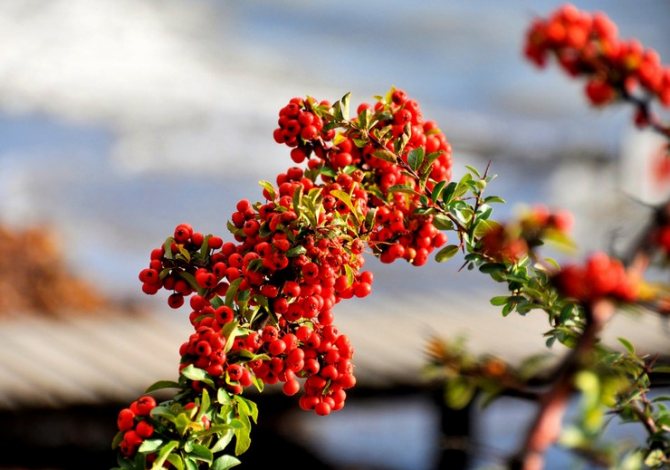

This evergreen shrub is characterized by abundant and long flowering. During fruiting, the branches are strewn with bright and attractive berries in the form of apples. The plant is planted as a hedge. The thorny thorns that cover the surface of the stems make an excellent natural wall protecting the garden area around the perimeter.
Types and varieties of pyracantha
Narrow-leaved pyracantha (Pyracantha angustifolia)
A shrub grows up to 4 m in height. Leaves are oblong, up to 5 cm long. Orange flowers are collected in inflorescences, the diameter of which reaches 8 mm. Popular varieties of this species:
- Orange Glow - reaches 2.5 m in height. Green leaves cover the sparse branches of the plant. The shrub blooms in early May.
- Golden Charmer - grows up to 3 m in height. Drought tolerant variety, flowers in May.
Pyracantha bright red (Pyracantha coccinea)
In nature, this shrub grows mainly in clearings and forests. This species is broadly spreading, the lower shoots spread along the ground. It reaches a height of only 2 m. Leaves are 4 cm long, green in spring and summer, and red in autumn. This species does not tolerate frost well, therefore it needs additional shelter for the winter. Edible fruits, red in color. Popular varieties of this species:
- Pyracantha Red Column is a fairly popular plant among gardeners. Grows up to 3 m.
- Red Cash - reaches 2 m in height. The shrub has green leaves and red fruits.

